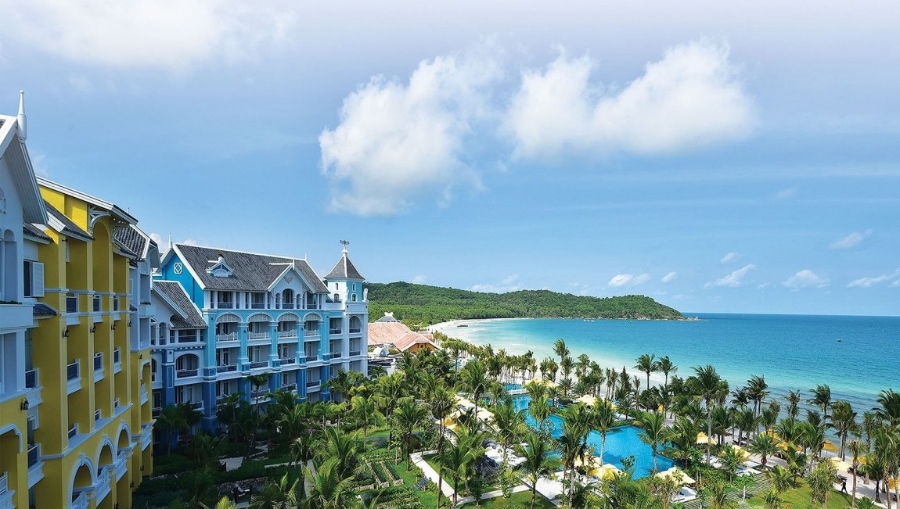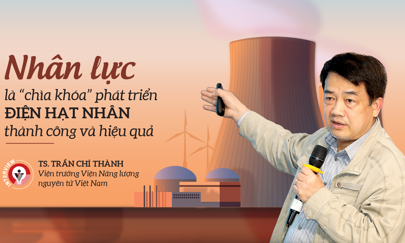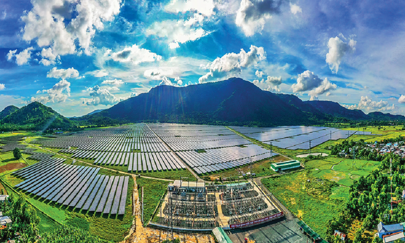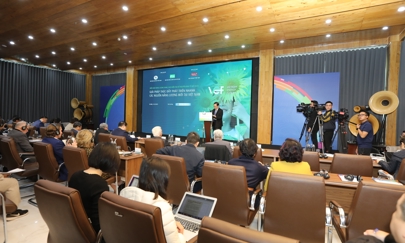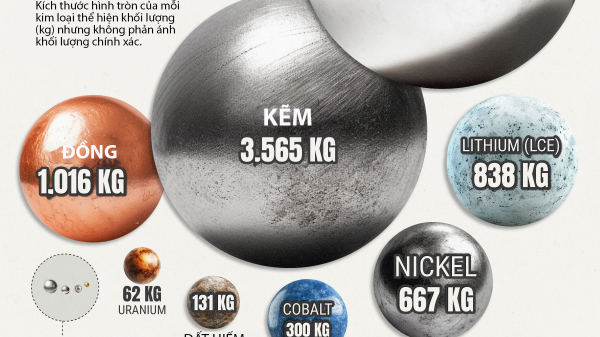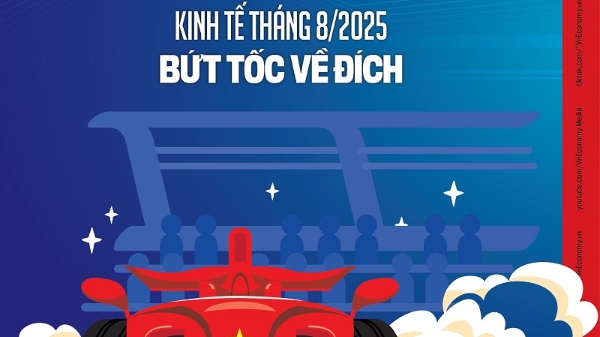Vietnam’s hospitality and residential market is no stranger to disruption,
but what’s happening now feels different. The post-pandemic rebound hasn’t followed
a straight line. Investor sentiment is cautious, development timelines are stretching,
and buyers are asking harder questions. Yet, within the uncertainty, a quiet shift
is taking place: developers are rethinking what it means to build for the future.
Branded residences, wellness-focused hospitality, and high-design living spaces
are no longer niche, they’re becoming the blueprint for what comes next. Meanwhile,
the country’s major cities, especially Ho Chi Minh City, are evolving faster than
ever, creating both friction and opportunity.
Insights at the “Developers’ Panel: Shaping the Future of Hospitality &
Residential”, held on July
10 within the HoSkar Night HCMC event, offered a rare glimpse into how these questions
are being answered in boardrooms across Vietnam.
From slips to surges
As 2025 unfolds, Vietnam’s hospitality and residential sectors are navigating
a dynamic and increasingly polarized landscape, where certain segments are thriving,
others are adjusting to shifting expectations, and legal reforms are beginning to
build long-term confidence.
From a hospitality standpoint, there is a clear divergence between mid-scale
and luxury. Four-star hotels are bouncing back strongly, based on value-driven travelers
and strong urban positioning. Mr. Bill Vu, Director of Silverland Hotels, noted
that properties near the city center have been operating at 90-95 per cent occupancy, offering “value
living” and fulfilling demand for convenience and affordability.
Conversely, luxury hotels are facing a more competitive environment. Guests
are no longer impressed by aesthetics alone, they want meaningful, experience-led
stays that reflect the brand’s identity and purpose. “We have to push for something
other than just facilities,” Mr. Vu said.
On the residential side, the narrative is more complex. Mr. Richard Leech,
Deputy CEO of the Phu Long Group, emphasized that many of 2024’s systemic challenges
have carried over into 2025, especially legal bottlenecks and delays in permitting
and site clearance. However, he also acknowledged early signs of progress: more
new project launches and a sense that market confidence is slowly returning.
Mr. Leech argued that real estate development in Vietnam cannot be evaluated
on a year-by-year basis. “We have to look at a five to eight-year horizon,” he believes.
“As long as we’re seeing some positive growth, that’s already encouraging.”
For others, 2025 is being viewed as a pivotal inflection point. Mr. Hieu Do,
CEO of VinaLiving, described it as a “breakthrough year” for the business, citing
buyer interest for long-stalled products and a renewed vibrancy across Vietnam’s
provinces. Improved infrastructure, streamlined governance, and rising employment
are combining to create a more optimistic environment for developers. “The atmosphere
is shifting,” he said. “It’s not just about delivering long-delayed projects; it
feels like the start of a new cycle.”
This blend of momentum and unpredictability is part of what makes Vietnam so
distinct, according to Mr. Lawrence Peh, CEO of SonKim Land. He noted that Vietnam
is a market where both “horror stories and success stories” are equal in number.
For example, his team successfully relaunched a luxury project last December despite
weak sentiment, only for momentum to stall again due to unexpected tariffs. Today,
with pressure easing, activity is gradually picking up. “That’s the excitement of
this market,” he reflected. “Vietnam remains full of opportunities.”
Beyond new builds, demand is shifting towards repositioning and refurbishment.
Mr. Felice Iacobellis, Managing Director of design studio SIRHALO, observed that
2025 is witnessing a growing volume of requests for rebranding and light renovations,
especially as more international hotel brands choose to take over existing properties
rather than invest in greenfield developments. “Some of the assets we’re working
on are just ten years old,” he said. “Instead of starting from scratch, brands are
adapting what’s already there to meet new standards and guest expectations.”
A picture of an industry in flux has been painted - not stalled, but evolving.
While the pace of recovery may differ across segments, there’s a shared sense that
Vietnam’s hospitality and residential sectors are not merely rebounding - they are reinventing themselves, one project,
policy, and province at a time.
Building tomorrow’s city
As Ho Chi Minh City
gears up to become a regional powerhouse, real estate developers and urban planners
are grappling with a critical question: what kind of city are we building for the
next decade?
“Put your money
where it makes sense,” said Mr. Leech, as he outlined the importance of long-term
planning. Referencing the government’s Vision 2035-2040 and even a 2060 outlook,
he emphasized the strategic significance of infrastructure in shaping urban growth.
“Ring Road 3 is opening up new urban corridors with massive land potential,” he
went on. “With the metro lines becoming equitized, we’re seeing real momentum. In
ten years, multiple metro lines should be up and running.”
Transit-Oriented
Development (TOD) emerged as a key strategy. “It’s a huge opportunity - residential,
commercial, everything,” Mr. Leech noted. When asked what the city needs most -
commercial, retail, luxury, or office - his answer was unequivocal: “Everything.
We’re always short.” He underscored the lack of residential units, hotels, commercial
space, and industrial parks, all of which are vital to support Ho Chi Minh
City’s transformation into a top 50 global city and a hub for international finance.
Adding perspective,
Mr. Vu highlighted a fundamental shift in the city’s identity. “We’re not just talking
about the old Ho Chi Minh City,” he explained. “We’re now talking about a merged
region that includes the former Binh Duong and Ba Ria-Vung Tau provinces. We have
the beach, the biggest port in the south, the largest industrial parks, and we’re
heading towards a population of 20 million people.”
With that scale
comes complexity. Mr. Vu described Ho Chi Minh City as evolving into a multi-core
metropolitan model, no longer constrained to its original urban core. “What happened
between Ring Roads 2 and 3 is already telling,” he said. “For every unit sold inside
the city core, three were sold in the peri-urban rings. Expect the same between
Ring Roads 3 and 4.”
And is the government
backing this vision with real investment? “I think so,” he replied. “We’ve never
seen such large-scale public investment. Even with only 33 per cent of the year’s
budget disbursed in the first half, it marked a 60 per cent year-on-year increase.
Revenue from real estate has reached record highs, and that money is now being reinvested
in infrastructure.” According to him, this creates a “complete ecosystem” that is
finally working in a positive cycle.
Mr. Peh, for his
part, offered some words of caution: “What I’ve noticed about the Vietnamese market
is that it transitions very quickly. It matures fast. Just like the country went
from no phones to top smartphones, you’ll find the same with real estate trends.
You think wet markets will last forever, then overnight, everyone’s in supermarkets.
So don’t wait for typical stages to unfold. They won’t.” That leapfrogging nature
can be both an opportunity and a risk, he warned.
From a tourism and
hospitality lens, Mr. Iacobellis brought a candid perspective after more
than two decades in the city. “I still love Ho Chi Minh City, and the tourism data
looks great,” he said. “We’ve even seen Thailand lose visitors to Vietnam recently.”
But the momentum, he warned, is fragile.
“There’s not enough
to do after the first visit,” he continued. “Compared to Bangkok, Ho Chi Minh
City lacks night markets, major concerts, and walkable city life. We cleaned sidewalks
for a while, but it didn’t last.” He called for more attractions, better urban experiences,
and a fresh wave of hotel developments, citing that “there haven’t been many new
hotels built lately to cater for that growth.”
As the discussion
wrapped, one truth stood out: Ho Chi Minh City’s potential is immense, but real
transformation will only come if stakeholders act with clarity, urgency, and boldness.

